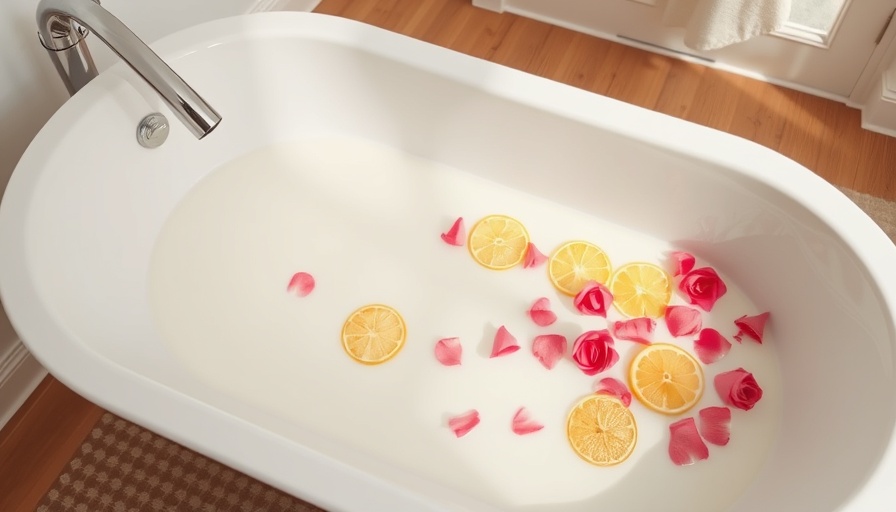
Understanding the Beauty and Durability of Ceramic Tile
Ceramic tile floors are not just a beautiful choice for homes; they also come with impressive durability. However, without diligent care, their appeal can fade. Sand, dust, and grime can scratch the tile surface, leading to permanent damage. In this guide, we’ll explore the best ways to clean ceramic tiles, ensuring they maintain their stunning appearance for years to come.
Essential Tools for Effective Tile Cleaning
The right tools can make all the difference when it comes to cleaning ceramic tiles. You'll need items like a soft broom or vacuum, steam mop, mild detergent, and a microfiber cloth. For tougher stains, tools like toothbrushes or commercial tile grout cleaners can help. While shopping, remember to avoid abrasive materials and harsh chemicals, as these can erode your tile’s finish.
Simple Steps for Everyday Maintenance
To keep your ceramic tiles in pristine condition, sweeping two to three times a week is essential. This practice will prevent dirt accumulation that can scratch surfaces. A weekly deep clean with a mop of mild detergent and warm water will help maintain a fresh and clean look. Always use soft cloths or mops, steering clear of oil-based or bleach-based cleaners that could tarnish the tile's finish.
Deep Cleaning Techniques for Stubborn Stains
If it's time for a deep clean, steam mops are highly recommended. These machines use heated water to dissolve dirt without damaging the tiles. For grout lines, a mixture of baking soda and hydrogen peroxide is particularly effective for lifting tough stains. Regular professional cleaning is also advisable to maintain the integrity of your tile work.
Addressing Shower and Bathroom Tiles
Shower tiles can be particularly challenging to clean due to soap scum and mildew buildup. A solution of 50/50 water and vinegar not only cleans effectively but is also safe for glazed ceramic tiles. Wiping down walls after showers with a squeegee can prevent grime accumulation, making regular cleaning easier.
Protective Measures to Extend Your Tile’s Lifespan
To fortify your tiles against dirt and moisture, regular maintenance is key. Consider using mats at entryways to trap dirt and absorb moisture before it reaches your ceramic floors. Additionally, applying a sealant every few years can help protect the tiles from spills and staining, prolonging their life significantly.
For professional results in cleaning and maintaining your ceramic tiles, don't hesitate to reach out to home improvement specialists.
 Add Row
Add Row  Add
Add 




Write A Comment